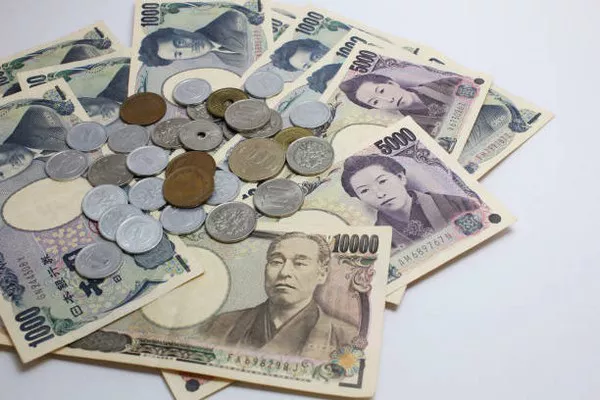The Japanese yen (JPY) reversed from more than two-week highs hit on Friday against the U.S. dollar, eventually stabilizing near the lower edge of its daily range. The Bank of Japan issued dovish words indicating that the next interest rate hike will take time, coupled with positive market risk sentiment, becoming a key factor in weakening the safe-haven currency yen. In Asia on Monday, Japan released weak domestic data, showing that real wages in Japan fell for the 23rd consecutive month in February, and the selling trend remained unabated.
In addition, the generally positive tone in the stock market has also weakened the safe-haven demand for the yen. Coupled with last Friday’s strong U.S. non-farm payrolls data, which stimulated some U.S. dollar (USD) buying, the USD/JPY pair returned close to the multi-decade high hit last week. The sharp rise in non-farm payrolls suggested the Federal Reserve may delay cutting interest rates and forced investors to scale back expectations for three rate cuts in 2024. This is still supportive of the rise in U.S. Treasury yields and has become a key factor in “boosting” the dollar.
Meanwhile, yen bulls have also failed to gain any respite from recent aggressive speeches from Japanese authorities, who have indicated they are prepared to intervene in the market to support the currency. This shows that the USD/JPY currency pair faces the least upward resistance amid expectations that the spread between U.S. and Japanese bonds will continue to widen. Market participants are now looking to Wednesday’s latest U.S. consumer inflation data and Federal Reserve meeting minutes for clues on the Fed’s path to cutting interest rates. This will impact the USD trend and provide new impetus for GBP/USD.


